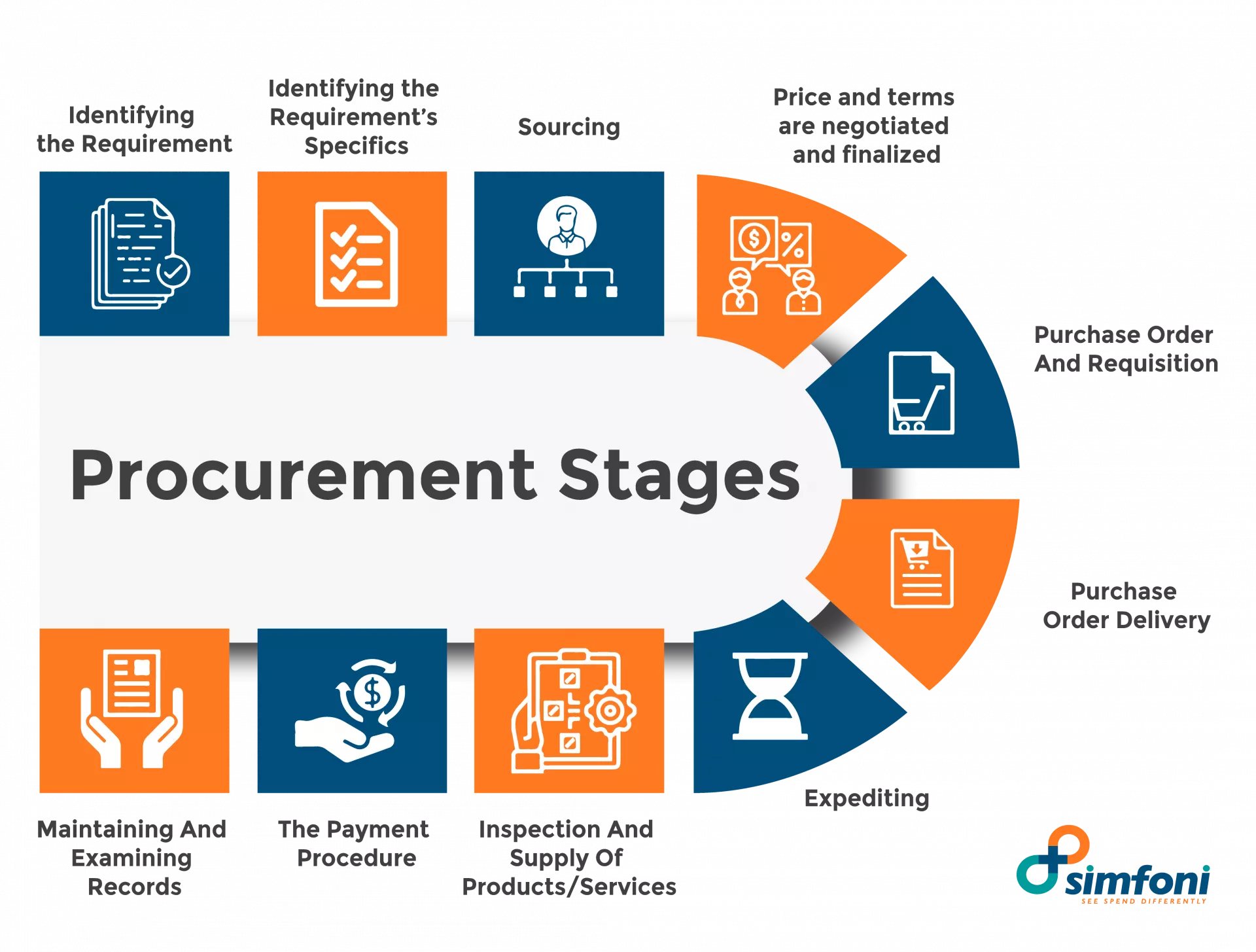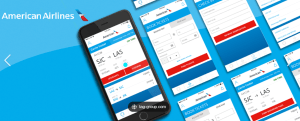We construct an information system from scratch to suit the purpose of system development. This approach allows for a high degree of customization to meet the specific organization’s needs. It can provide a competitive advantage by enabling unique processes that differentiate a company. However, it requires significant resources, including time, skilled human resources, and financial investment. Knowledge of systems development helps you understand the complex tasks involved in building a system, such as requirements gathering, design, coding, testing, and maintenance. This understanding will be invaluable for future coursework and career, as it will provide you with the skills to oversee complex projects and ensure that the systems developed are aligned with business goals and strategies.
Understanding the “System Development vs. Procurement” concept is crucial for making informed decisions in Management Information Systems (MIS). This knowledge is a foundation for determining whether to build a custom system or procure an existing one, which can significantly affect a business’s efficiency, competitiveness, and innovation.
On the other hand, Procurement refers to acquiring an off-the-shelf software solution that has already been developed. This option can be more cost-effective and quicker than creating an in-house system. Procured systems often come with vendor support and updates, reducing the need for a large IT staff. The trade-off, however, is that these systems may not fit the company’s needs perfectly, and there may be limitations in terms of customization and integration with existing systems. Procurement knowledge is equally essential, as it teaches one to evaluate the market offerings critically, assess the compatibility with organizational needs, and make strategic decisions that balance cost, time, and functionality.
In the future, whether working on a project team or leading an IT department, the insights gained from understanding both system development and procurement will be instrumental. It will allow for a balanced approach to decision-making, considering the organization’s long-term strategic goals, the available resources, and the potential return on investment. This knowledge will also aid in communicating effectively with stakeholders, managing expectations, and ensuring that the chosen solution aligns with the broader business objectives. Ultimately, it will contribute to a more agile and responsive business environment that can adapt to technological changes and maintain a competitive edge.

Team, O., & Team, O. (2023, October 24). What is system procurement in software engineering? Oboloo. https://oboloo.com/blog/what-is-system-procurement-in-software-engineering/






